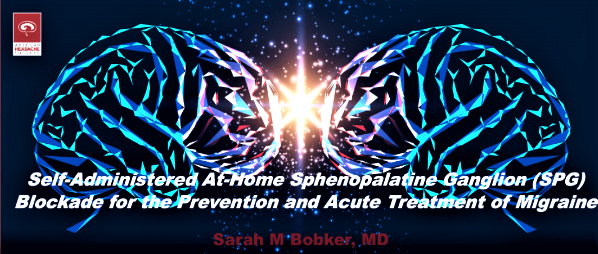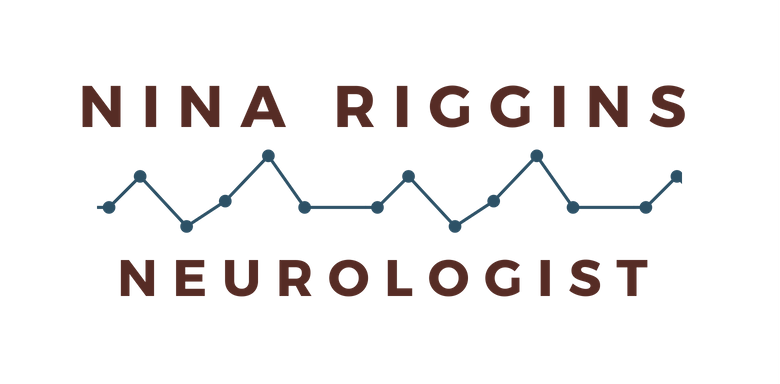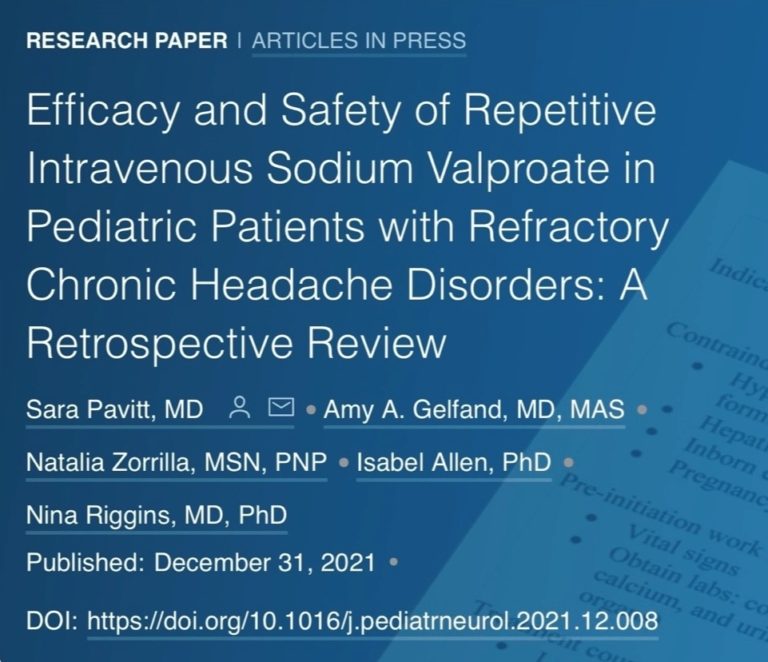Unraveling the Weight Loss-Migraine Connection: A Conversation with Dr. Nina Riggins
Dr. Riggins is one of the authors of an article published in February, 2024:
Godley F III, Meitzen J, Nahman-Averbuch H, O’Neal MA, Yeomans D, Santoro N, Riggins N, Edvinsson L. How Sex Hormones Affect Migraine: An Interdisciplinary Preclinical Research Panel Review. Journal of Personalized Medicine. 2024; 14(2):184. https://doi.org/10.3390/jpm14020184
Click here for the full article….
Dr. Riggins is the senior author of the article published in the “Journal of Headache”
Title: “Safety of remote electrical neuromodulation (REN) for acute migraine treatment in pregnant women: a retrospective controlled survey-study”
Dr. Riggins published an article called “Legal Aspects of Migraine in the Workplace” by Springer Journal in the “Current Pain and Headache Reports”
November 2022
Click here for the full article at Springer Link….
Dr. Riggins presented results of her research “Randomized Controlled Trial – Sphenopalatine Ganglion Blocks for Preventive Migraine Management” at the
American Headache Society 64th Annual Scientific Meeting June 9–12, 2022 Denver, Colorado
click link Headache: The Journal of Head and Face Pain – Wiley Online Library
“Comparative Trial Shows CBT Benefits Veterans With Post-Traumatic Headache” – Pain Medicine News
Click link for Provided Commentary to an article in Pain Medicine NEWS
Article ” Episodic Migraine and Older Adults” is published in the Journal of “Current Pain and Headache Reports” by Springer Nature on April 6th, 2022
Authors: Nina Riggins, MD, PhD, Annika Ehrlich MS, FNP-C
Click here for the full article at Springer Link….

"The Use of Behavioral Modalities for Headache During Pregnancy and Breastfeeding". Click here for the article at Springer Nature.
Journal "Current Pain and Headache Reports" .
Nina Riggins is a senior author on the award winning presentation by the Headache Center Fellow at the AHS 2021 meeting “ Self-Administered At-Home Sphenopalatine Ganglion (SPG) Blockade for the Prevention and Acute Treatment of Migraine.”

Dr. Riggins is also a senior author on the virtual poster presented by Pediatric Fellow “ Efficacy and Safety of Intravenous Sodium Valproate in Pediatric Patients with Refractory Chronic Headache Disorders: A Retrospective View.”
Article was published in the Journal of Pediatric Neurology.
Efficacy of Inpatient Infusions for Patients with Chronic Migraine and History of Head Trauma
Nina Riggins, MD, PhD, FAAN
AHSAM 2020 – Poster session Published on September 17, 2020
Key message
- Inpatient infusions of dihydroergotamine, chlorpromazine or valproate sodium should be considered in the management of chronic migraine in patients who have a history of head trauma.
First e-Newsletter went live in June 2020. Team summarized an article about Digital Cognitive Behavioral Therapy for Insomnia in Women with Chronic Migraine.
Nina Riggins, MD, PhD, FAAN: The Effect of Dihydroergotamine Infusion Rates
Dihydroergotamine (DHE) has been used in the treatment of migraine for quite a long period of time, and in recent years, the interest in attempting to optimize this oft used but somewhat unchanged therapy has increased.
One such attempt was conducted by Nina Riggins, MD, PhD, FAAN headache specialist, University of California San Francisco, and colleagues, the findings from which were accepted to be presented the American Academy of Neurology (AAN) 2020 Annual Meeting. Their data, which assessed the impact of the infusion rate of intravenous DHE—in either 60 minutes or 90 to 120 minutes—on inpatient treatment outcomes, suggest that prolonging the infusion time to manage cramping led to an improvement of adverse effects without interfering with efficacy.
Headache Clinic Workflows During the COVID-19 Pandemic
Telemedicine and precaution can provide relief safely, according to Nina Riggins, MD, Ph.D, FAAN and Rashmi Halker Singh, MD, FAHS, FAAN
The COVID-19 pandemic has fundamentally altered how clinicians are able to see and treat their patients, and headache specialists are no different. Faced with an unprecedented situation, physicians are turning to each other to determine the best practices for COVID-19 workflows to help their patients while also protecting themselves.
Click Here for the full article at American Headache Society



